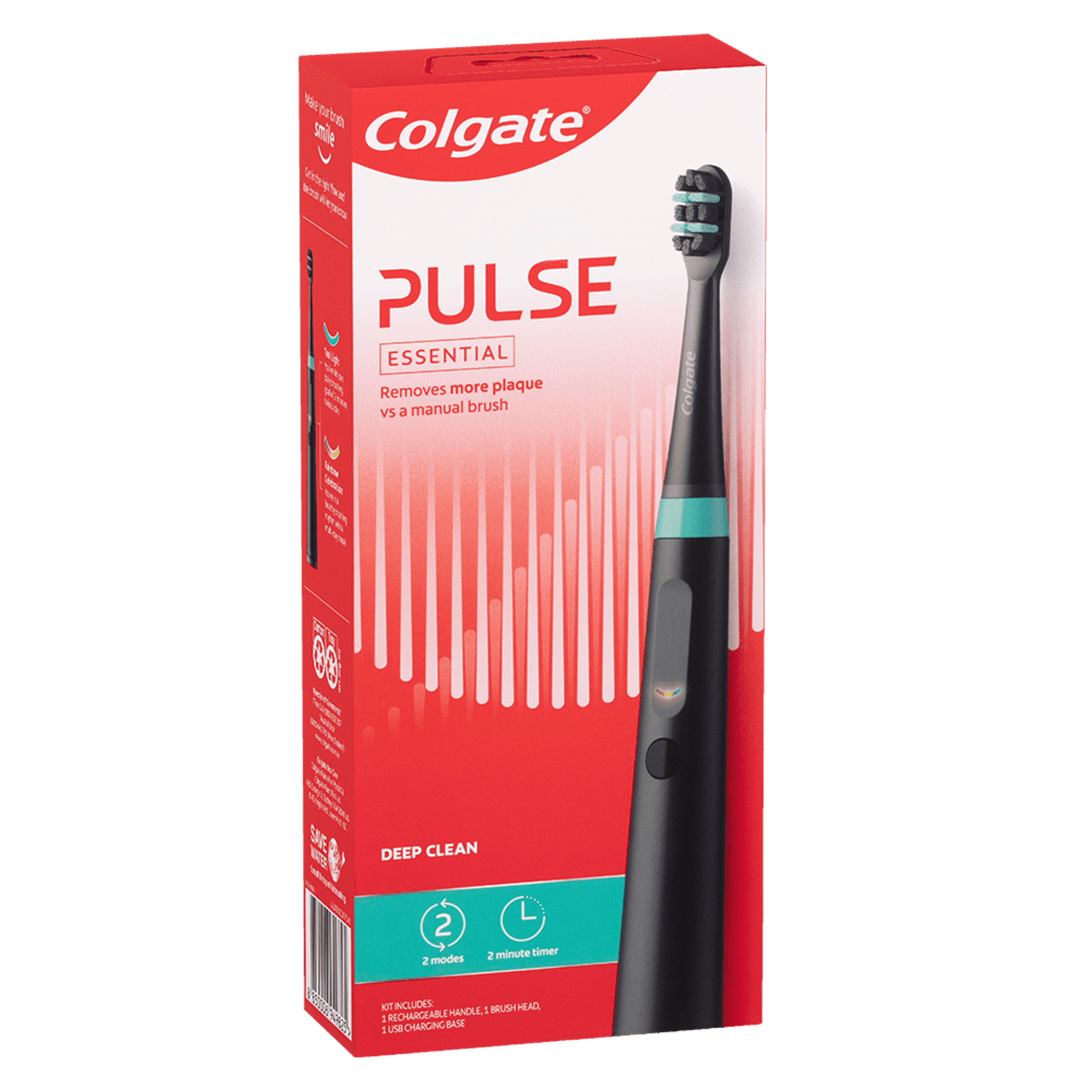-
-

BRUSHING & FLOSSING
How to BrushWhat Is the Right Way to Brush?
Proper brushing takes at least two minutes — that's right, 120 seconds!...

BRUSHING & FLOSSING
How To FlossWhat is the Right Way to Floss?
Proper flossing removes plaque and food particles in places where a toothbrush cannot easily reach... -
Science & Innovation
- Colgate® | Toothpaste, Toothbrushes & Oral Care Resources
- Oral Health
- Sealants
- What Is A Sealant For Teeth And What Function Does It Serve?


In a perfect world, everyone would have a spotless set of shiny teeth. Daily brushing and flossing would be the only maintenance necessary to keep them this way. But that just isn't the case. A variety of dental treatment options are available to restore or, in some cases, prevent the loss of your natural pearly whites. One such option is a sealant for teeth.
What is a Dental Sealant?
According to the Mayo Clinic, a dental sealant is a plastic coating designed to protect the bicuspids and molars. Applied to the chewing surfaces of those teeth, it keeps plaque and acid from eating away at the enamel. Because the grooves on the bicuspids and molars help to grind food, certain food particles can collect in those grooves and pits, resulting in tooth decay. Brushing and flossing on a regular basis removes some particles and bacteria, but not all. Therefore, a sealant for teeth is sometimes necessary to protect those areas in the back of your mouth that brushing and flossing can't reach.
When to Use a Sealant
Dental sealants act as a preventative step against tooth decay. Much like how fluoride protects tooth surfaces, sealants complement the fluoride's effect for those grooved areas of your back teeth. Their application is a fairly simple procedure with minimal discomfort, if any at all. Your dental professional will give your teeth a thorough cleaning first, before applying the sealant to their chewing surfaces. After the sealant is placed, it bonds with the existing tooth enamel, and the use of a curing light helps the sealant to harden in place. The entire process can be performed in a single visit.
This article is intended to promote understanding of and knowledge about general oral health topics. It is not intended to be a substitute for professional advice, diagnosis or treatment. Always seek the advice of your dentist or other qualified healthcare provider with any questions you may have regarding a medical condition or treatment.
Related Products

Helping dental professionals
More professionals across the world trust Colgate. Find resources, products, and information to give your patients a healthier future











